As exciting as building a custom PC is, it can also be pretty stressful. You’re investing a lot of money into something you’ll use every day, so you want it to be worth it. But if you don’t know how to spend wisely, you might make costly mistakes and not get your money’s worth. Let’s make sure that doesn’t happen.
11
Overpaying (or Underpaying) for the CPU
Amateur PC builders largely fall into two camps: those who spend way too much on their CPU, thinking it’s the most important part of the computer, and those who buy the cheapest, with the logic being that spending more on the GPU will net more FPS in video games.
An underpowered CPU can bottleneck your GPU, causing it to underperform. Conversely, overpaying for a high-end CPU but pairing it with a weak graphics card means you’ll get far less FPS than if you had balanced the build with a stronger GPU and a capable CPU.
While both approaches have some logic, neither is the best way to choose your CPU. Ideally, you want a balanced system—or perhaps a slightly stronger CPU to ease future GPU upgrades when prices drop. Also, consider your use case: if your workload or games are more CPU-bound (like virtual machines, scientific simulations, or strategy games), it makes sense to invest more in the CPU.
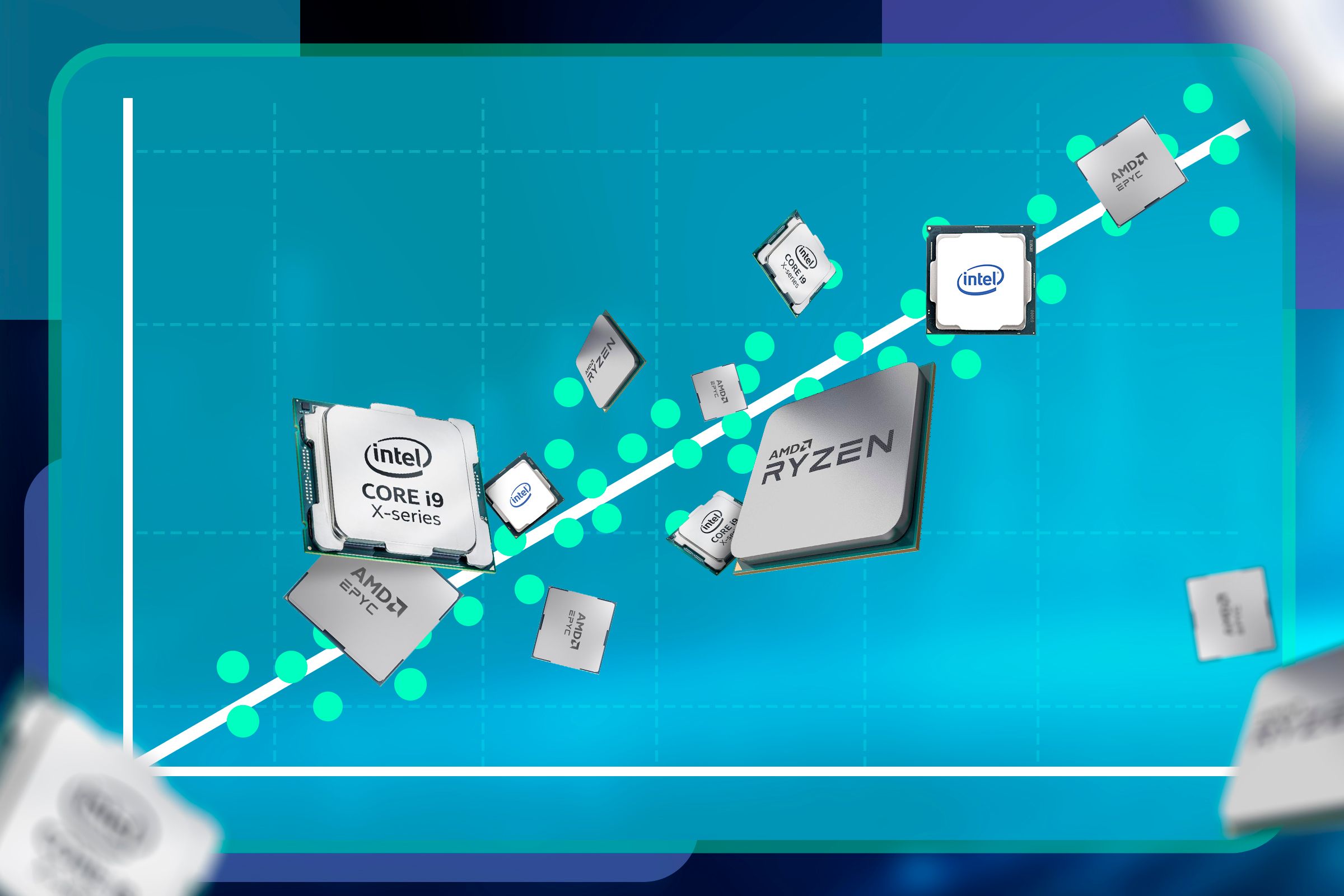
Related
Building a PC? Here’s How to Save on the CPU
Get the most bang for your hardware buck.
10
Buying Slow RAM or Overpaying for Marginal Improvements
Understandably, RAM seems to be one of the least understood components of a PC. Capacity is easy, as more is always better—ideally, you want at least 32GB for gaming. However, speed (frequency), timings (latency), and XMP/EXPO are not as well understood.
XMP is for Intel, and EXPO is for AMD, and while you can mix and match, it’s easy enough to find RAM that’s compatible with your platform.
As for speed and timings, you want the fastest frequency along with the lowest timings (especially CL latency; the first number), especially on. While frequency has a bigger impact on performance, especially in games, don’t outright ignore latency. Lower latency can give you a tiny performance bump as well.
Still, there’s no need to go overboard. It’s easy to get caught up chasing the fastest DDR5 RAM kit on the market, but you’ll hit diminishing returns pretty quickly. For example, spending an extra $25 to upgrade from 6000MHz to 7000MHz won’t give you more than a few extra FPS.
Something like my Crucial Pro 32GB DDR5 CL36 6000MHz kit hits the sweet spot for value. You’re probably better off spending that $25 for faster RAM on something more useful, like a better CPU cooler, an extra high-quality fan, or even a controller like the GameSir Nova Lite.
9
Ignoring Motherboard Specs and Features
This is certainly among the most common mistakes. While a cheap motherboard compatible with your CPU will technically work, it can seriously limit its overclocking potential due to the limited number and quality of VRMs. If it’s a particularly bad board, it won’t even be able to sustain the CPU’s stock boost clock speed. I’m speaking from experience—I bought the cheapest B450 motherboard I could find back in the day, and I couldn’t even overclock the low-power Ryzen 3 2200G with it. I swore never again.
VRMs are only the tip of the iceberg when it comes to the issues you’ll encounter with a cheap motherboard. Budget boards often lack crucial features like sufficient PCIe slots and lanes, have fewer M.2 slots and ports (including USB at the back, and fan and RGB headers), and miss out on BIOS Flashback—a feature that lets you update the motherboard’s BIOS without a CPU to enable compatibility or recover from a failed update. And all this is on top of built-in Wi-Fi and Bluetooth.
Now, like with RAM, it’s easy to go overboard with a fancy high-end board, but it’s not necessary. Just make sure the motherboard isn’t the cheapest model in the lineup and has all the connectivity and features you might need in the next five years or so, and you’ll be fine.
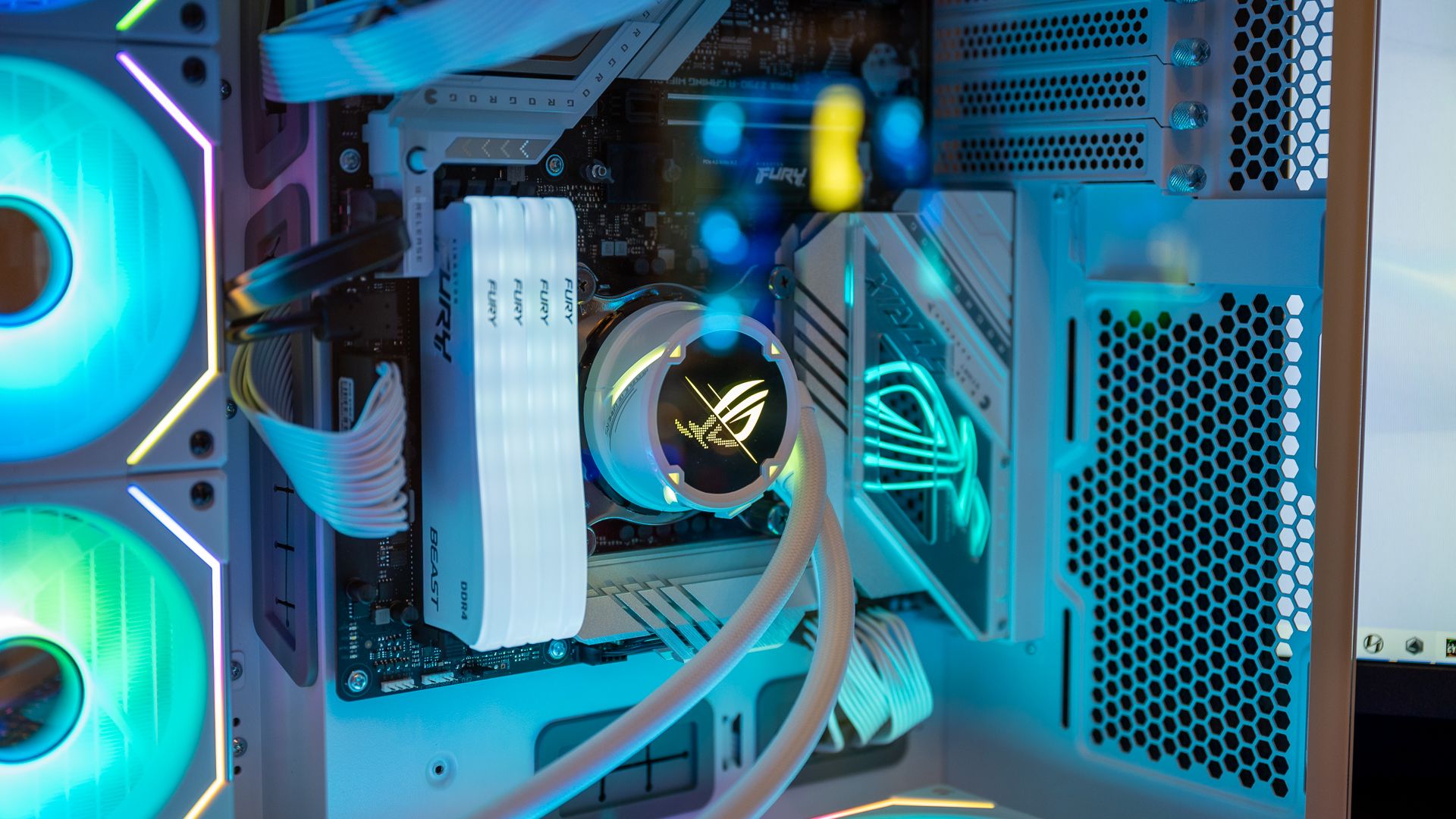
Related
Don’t Waste Your Money on RGB, Buy a Better Motherboard
No amount of RGB can outshine a hidden bottleneck.
8
Forgetting About Form Factor Compatibility and Case Dimensions
When it comes to buying a motherboard, you have three main options: (Full) ATX, microATX (mATX), and ITX. Similarly, PC cases base their size and compatibility on these standards. While it’s easy to fit an mATX motherboard into an ATX case, you won’t be able to do the opposite, so double-check that your case is compatible with your motherboard before buying it.
While the form factor is somewhat obvious, a few other measurements aren’t as straightforward. The two most crucial dimensions to check are CPU cooler height and GPU length. You must ensure your case is large enough to accommodate your cooler and graphics card—or, if you already have a favorite case, make sure your components fit inside it.
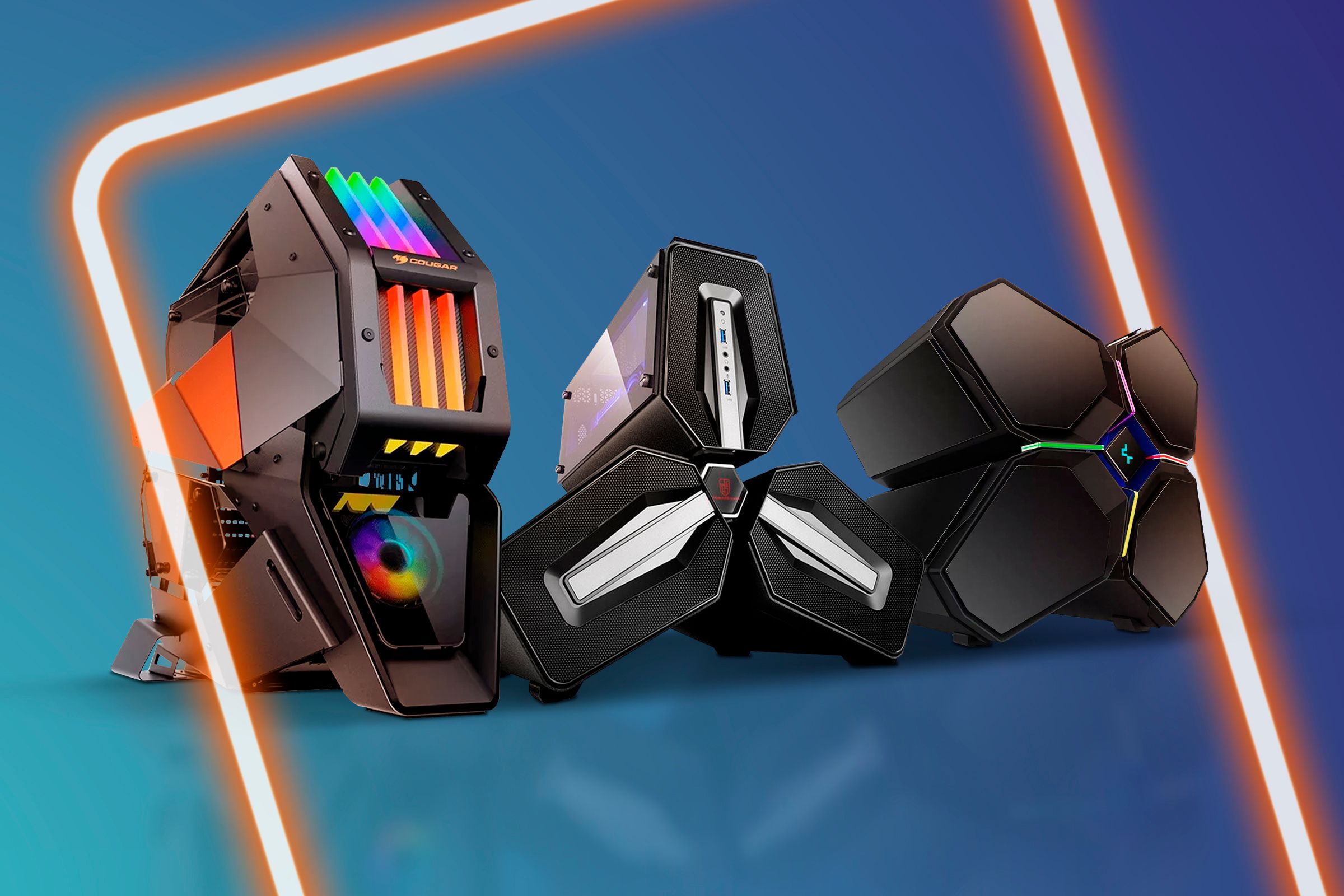
Related
Bring Back the Weird: The 10 Best Strange PC Cases
Weirder cases than the X-Files.
7
Assuming the Stock CPU Cooler Is Enough
Let me preface this by saying that if you’re buying a higher-end CPU, there’s a good chance it comes without a stock cooler—trust me, AMD and Intel are doing you a favor. While the stock CPU cooler is perfectly fine for the CPU it came with, you’ll definitely get your money’s worth if you spend $30–$40 on a decent cooler like the ID-COOLING FROZN A620.
Even if you’re not overclocking, a better CPU cooler still allows it to boost higher and perform better, and the hotter the chip is designed to run, the more noticeable this improvement will be. Plus, cooler temperatures can help prolong the CPU’s lifespan (to be more precise, save it from early death).
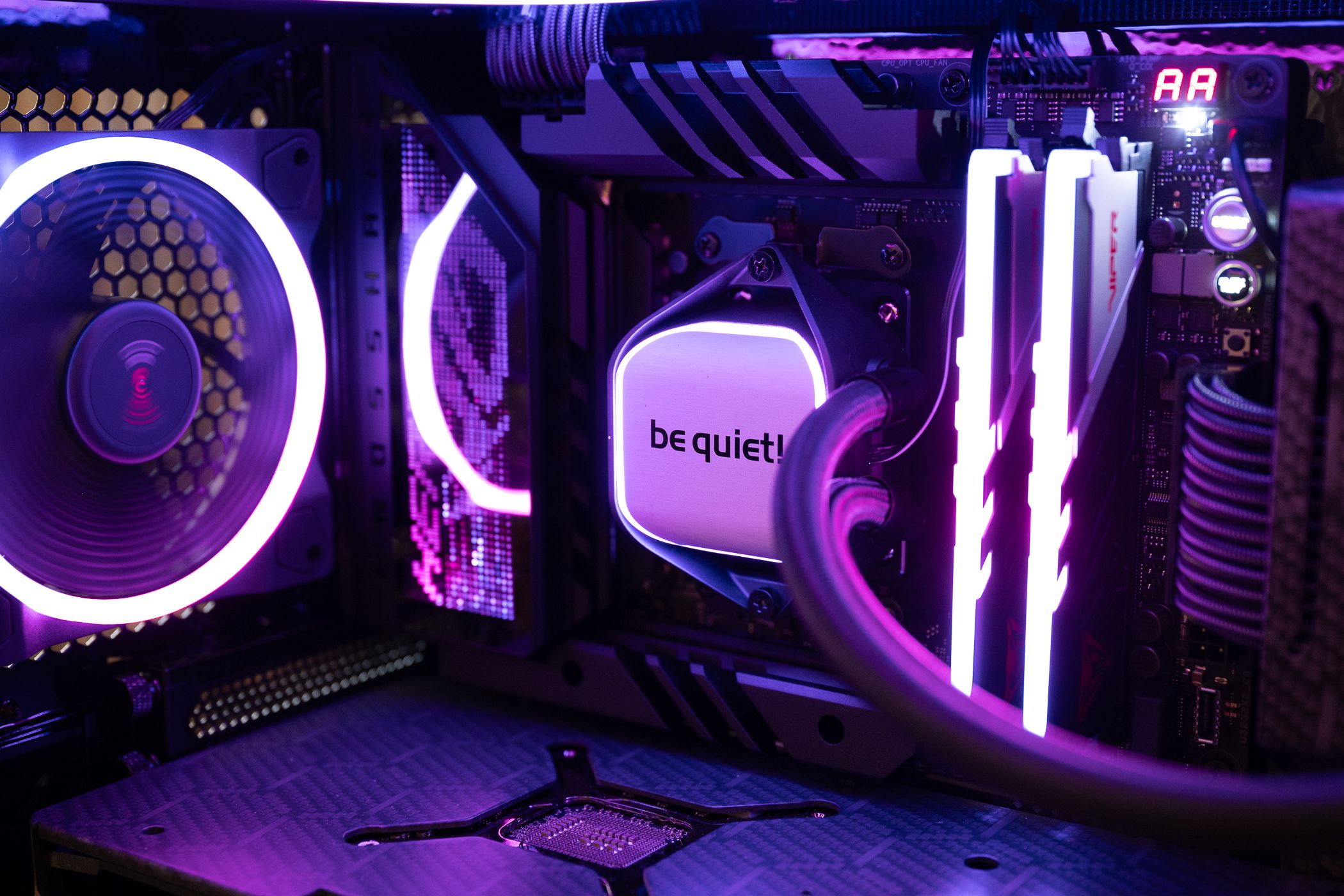
Related
Why I’ll Never Use an AIO CPU Cooler
Air supremacy.
6
Skipping Storage Planning
I’ve deliberately worded this as planning because it’s a step many first-time builders overlook completely. I get it—storage is extremely expensive these days, and NVMe storage is even pricier. That’s why you need to plan ahead and either buy more storage now or get a motherboard with sufficient storage slots (two M.2 slots are a must) so that you can expand it later.
I actually did both and still managed to fill my 2TB NVMe with games within the first week of building my PC. Luckily, I can always add another 2TB down the line as game sizes keep growing.
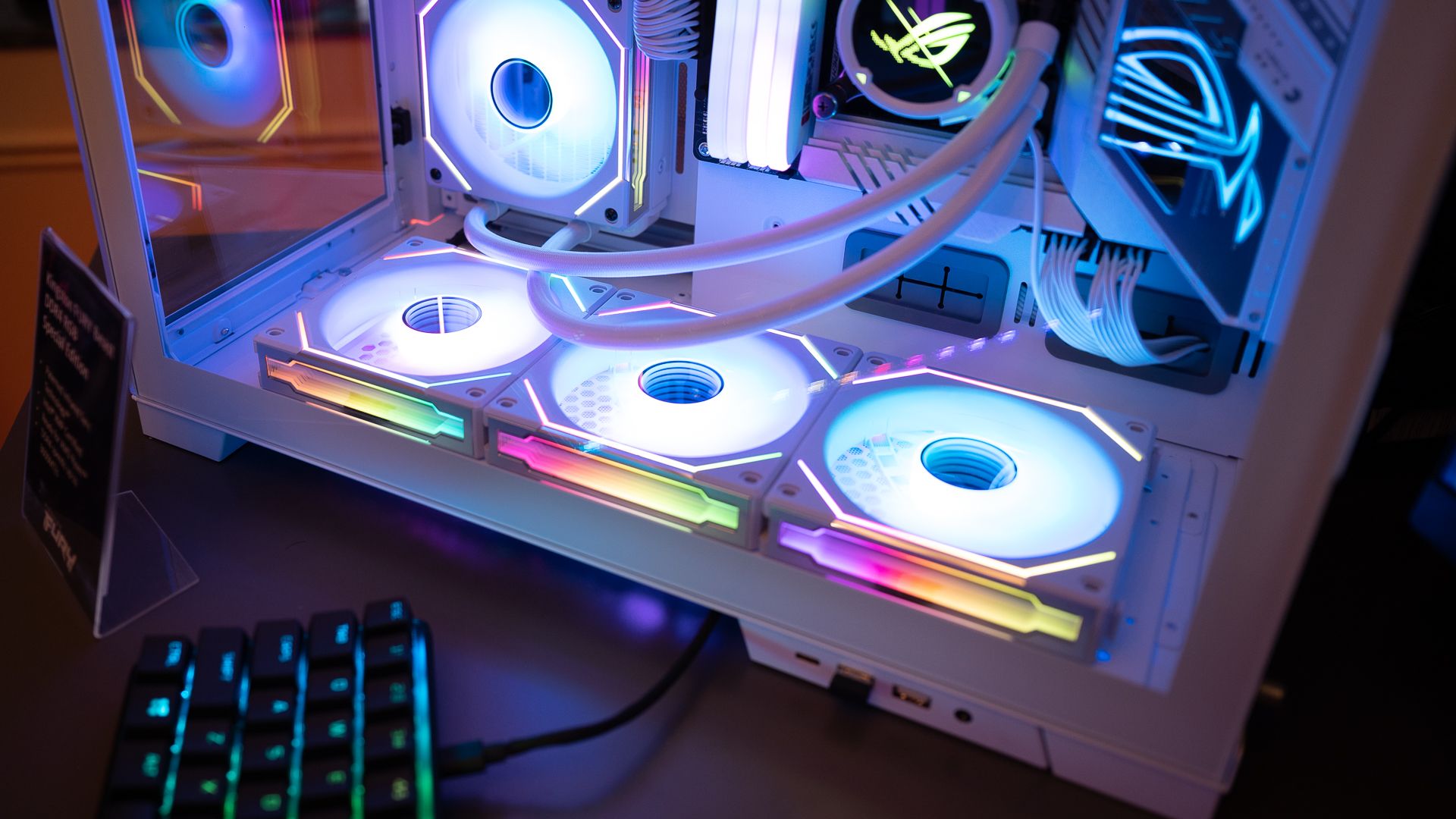
Related
10 Mistakes Beginners Make When Building PCs
Don’t commit the same mistakes everyone makes.
5
Chasing Future-Proofing Too Hard
There’s no such thing as a PC that can last 10 years. I mean, it’ll work on a technical level, but the hardware will be largely obsolete for advanced computing by then.
Many people overspend on high-end CPUs and GPUs, hoping their system can handle new games and demanding applications several years down the line. While this can extend the usable life a bit, technology evolves rather quickly, so you’re better off selling that system and buying something new.
That said, it’s not a bad idea to plan for upgrades in the short to mid-term. For example, I built a PC earlier this year using the new AMD AM5 platform but paired it with a five-year-old RX 6800 XT graphics card, planning to upgrade it 2–3 years from now—or whenever it no longer meets my expectations. This approach lets me do a single upgrade and keep using my PC for another 2–3 years.
4
Cheapening Out on the PSU
PSUs are yet another piece of hardware where some builders go overkill with Platinum-rated units, while others go online and buy the lowest quality 1,000W unit on the market, then wonder why their PC keeps shutting down under load or, worse, stops working altogether.
In fact, I cheaped out on my PSU myself. Not the worst unit on the market, but I went with a decent unit from Cooler Master, the MWE White V2—the non-modular version—which gave me a lot of cable management headaches.
The moral of the story: don’t be like me. Get a decent, fully modular PSU. If you’re on a tight budget, opt for a top-rated non-modular unit, but be prepared to deal with extra cable management.
3
Treating the Monitor as an Afterthought
If you’re a gamer or creative professional, a good monitor is worth every penny. While it can cost as much as your graphics card or even half your entire PC build, don’t ignore it.
If your budget is limited, and you don’t plan to buy more computer stuff in the foreseeable future, I would go so far as to say that you should take some of that PC budget and put it toward buying a better monitor instead. A higher resolution, faster refresh rates, better color accuracy, and good HDR can make a huge difference in gaming and content consumption.
2
Overlooking the Second-Hand Market
Used computer hardware is the best way to save money on your build, particularly when it comes to pricey components like the graphics card and CPU, but also the motherboard, storage, RAM, and even CPU cooler.
When done right, buying used hardware can easily shave hundreds of dollars off your build, potentially letting you achieve significantly higher performance for the same price as a new component. I’m not saying that you should go out and buy every single part used, but even throwing one or two items into your build can still net you significant savings.

Related
How to Buy Used Computer Hardware Without Getting Scammed
Buying used is a smart way to save on your next PC, but you must stay wary.


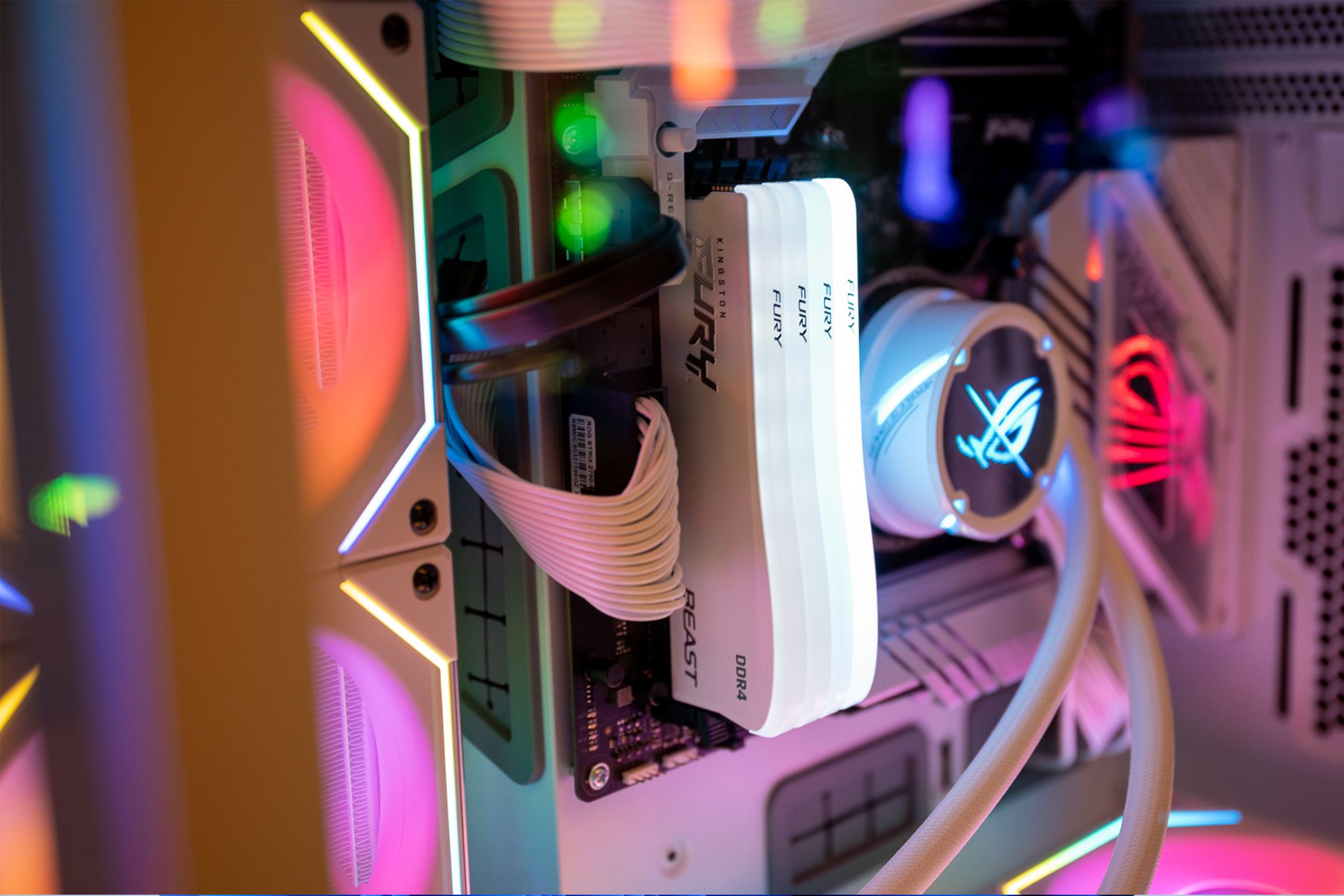
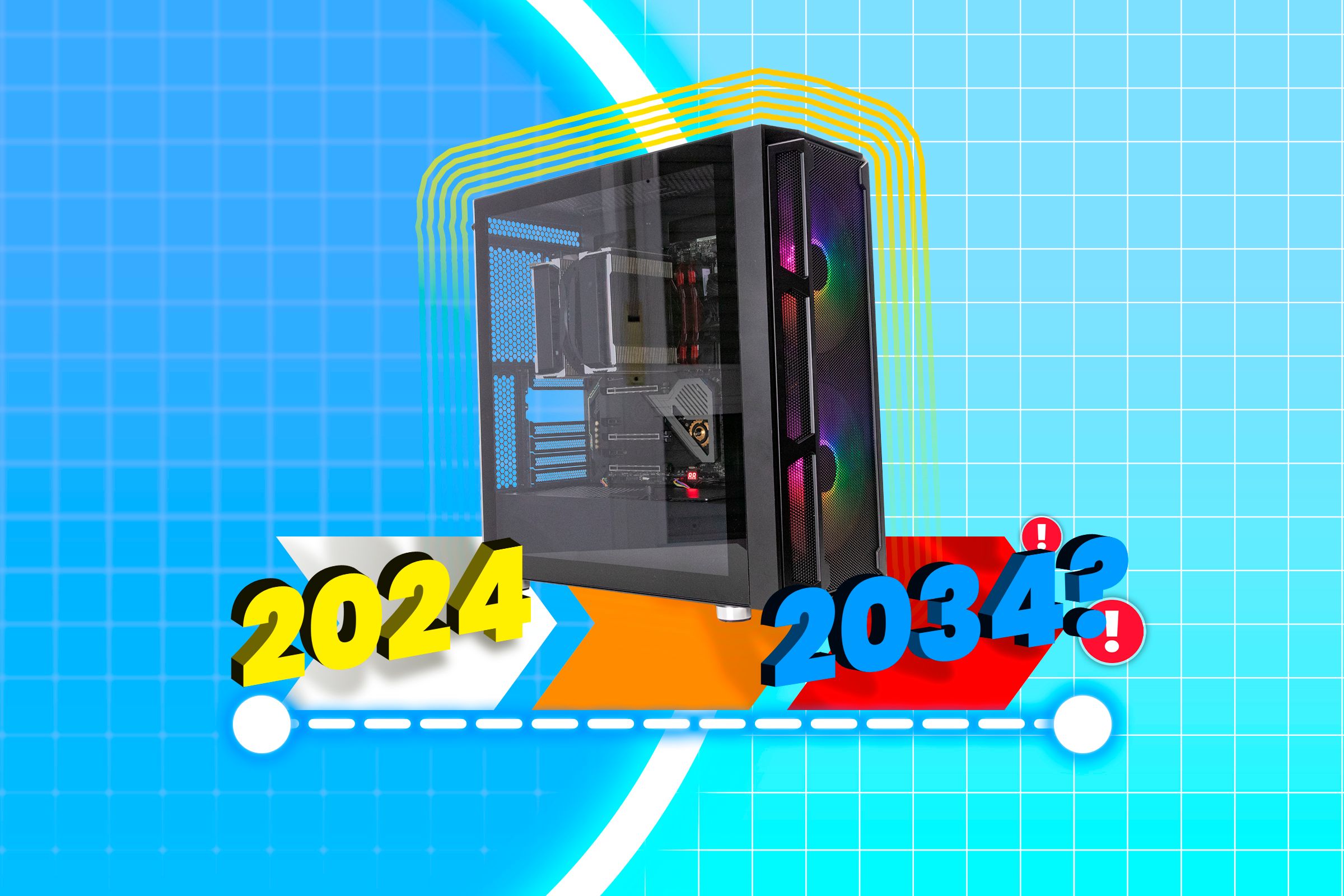
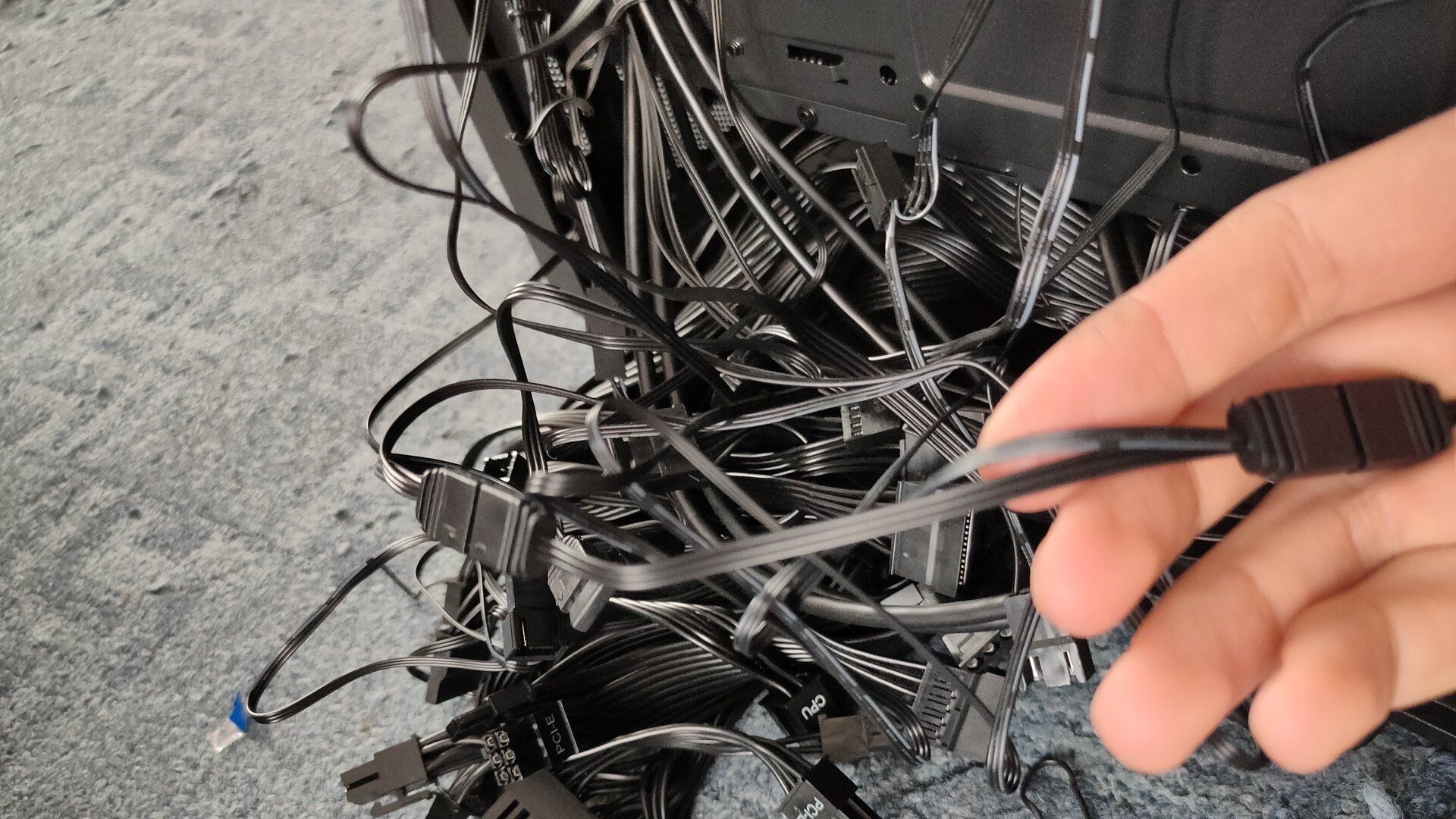
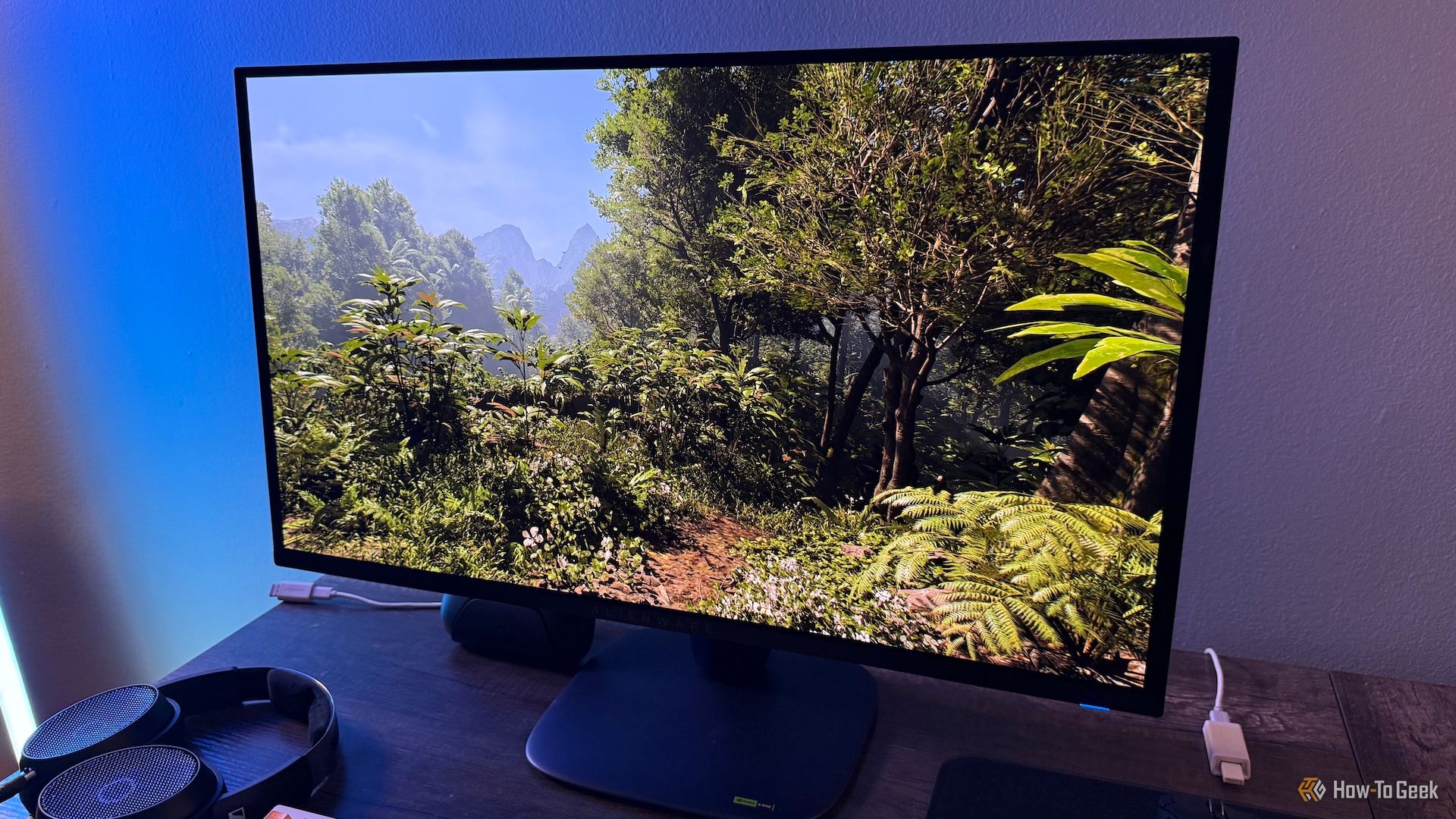





Leave a Comment
Your email address will not be published. Required fields are marked *